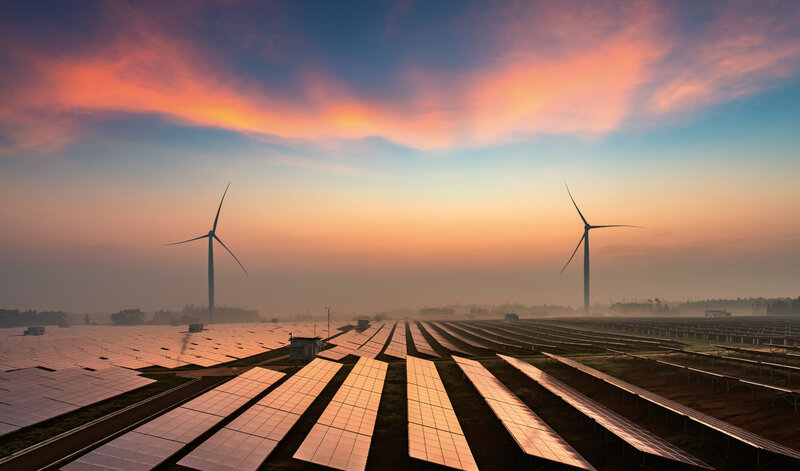
Accessories and periphery
High-quality components for your individual supply concept
With clever holistic solutions 2G taps into various areas of application for cogeneration that are much more diverse than the production of heat and electricity. Besides our experience from a wide range of projects, the high-quality of technical components is key to this diversity.
Partner of renewable energies
Combined heat and power systems can provide the stabilizing energy production capacities to compensate for the fluctuating electricity production of wind and solar power systems: They reliably produces heat and electricity whenever they are needed - even when it is dark and no wind blows.
Temperature-oriented applications
With the appropriate equipment, a combined heat and power system by 2G can supply a vast range of temperatures - flexible, efficient, and demand-oriented.
Independence of the public grid
A combined heat and power system produces decentralized energy and, therefore, it can replace the supply through the public grid in case of interruptions or outages.
Gas-related technology
The gas quality is a key factor to improve the operation of a CHP. Therefore, 2G developed a panoply of technical solutions that help maintaining a constantly high gas quality.
Exhaust gas post-treatment
The operation of a CHP produces exhaust gases. By integrating the technology of catalytic conversion into 2G systems, the pollutants that still have a minimal presence in the exhaust gas can be removed and relevant directives can be reliably complied with.














